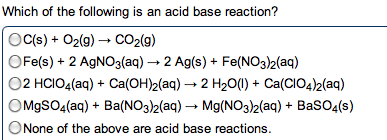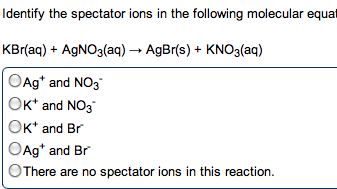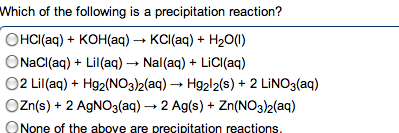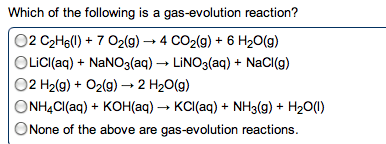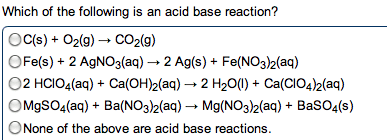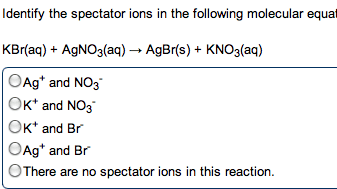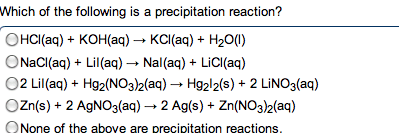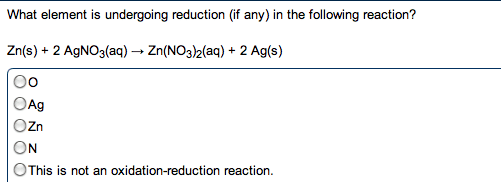CHM 143 Lecture Notes - Lecture 13: Combined Gas Law, Closed System, Pennsylvania Route 760
51 views4 pages
13 Oct 2016
School
Department
Course
Professor
Document Summary
Acid (aq) + base (aq) salt (aq) + h2o (l) Hno3 (aq) + naoh (aq) nano3 (aq) + h2o (l) H+ (aq) + oh- (aq) h2o (l) (aq) + na+ (aq) + oh- (aq) na+ (aq) +no3. Strong acid- 100% ionized no molecules of acid in solution. Weak acid- less than 100% ionized molecules of acid in solution. Reaction forms an unstable product readily decomposes and forms a product that is a gas. See table 4. 3 for the list of reactants and gas products: sulfide (s2-) product h2s (g, carbonate/bicarbonate h2co3 carbonic acid, h2co3 co2 (g) + h2o. 2-) or hso3: sulfites/ bisulfite (so3, nh4. H2so3 so2 (g) + h2o (l) Titration: using a known volume of a known concentration to determine an unknown concentration of a solution. Must have 2 decimal places for every buret reading in the lab. Equivalence point = #moles known = #moles unknown.
Get access
Grade+20% off
$8 USD/m$10 USD/m
Billed $96 USD annually

Homework Help
Study Guides
Textbook Solutions
Class Notes
Textbook Notes
Booster Class
40 Verified Answers
Class+
$8 USD/m
Billed $96 USD annually

Homework Help
Study Guides
Textbook Solutions
Class Notes
Textbook Notes
Booster Class
30 Verified Answers

